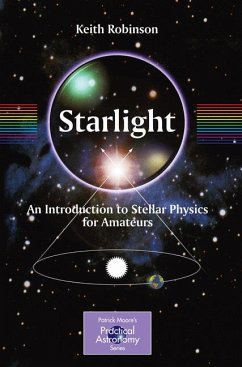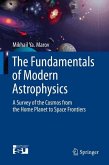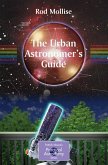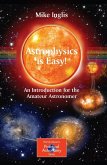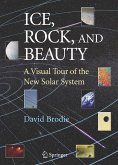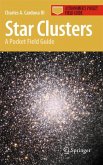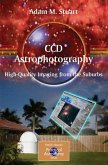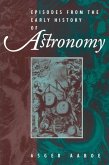There are so many questions, and in this engaging and informative book by Keith Robinson, which serves as a companion to his very popular earlier book called Spectroscopy - the Key to the Stars, you will learn the basics of stellar physics and the answers to many of these questions, as well as how to figure out some of those answers for yourself.
We have come so far in our understanding of stellar light and heat. By reading this book, you, too, can understand many of the secrets of the fiery Sun that rules our Solar System and the gemlike points of light in the night sky.
Dieser Download kann aus rechtlichen Gründen nur mit Rechnungsadresse in A, B, BG, CY, CZ, D, DK, EW, E, FIN, F, GR, HR, H, IRL, I, LT, L, LR, M, NL, PL, P, R, S, SLO, SK ausgeliefert werden.
"Understanding stars without understanding maths (well, almost) is Robinson's aim and he succeeds brilliantly in Starlight. There is a bit of maths but, on the whole, concepts such as radiative transfer, hydrostatic equilibrium and stellar evolution are thoroughly explained by diagrams and analogies ... . If you would love to know why Cepheids pulsate or why hot stars don't always radiate in the ultraviolet ... this is the book for you." (Chris Kitchin, Sky at Night Magazine, June, 2010)
"Astronomer Robinson ... undertook the daunting task of exploring the concepts underlying the physical conditions in stars with words rather than in equations so that amateur astronomers might gain a deeper appreciation of these familiar and fascinating objects. ... The author does a particularly good job describing the magnitude (brightness) and colors of stars. ... Starlight is a lucid presentation of complex physical principles which will be richly rewardingto serious readers. Summing Up: Highly recommended. Lower-division under graduates and general readers." (D. E. Hogg, Choice, Vol. 47 (9), May, 2010)
"Keith Robinson's recent publication presents a good, easily accessible account of basic stellar physics. ... It would be a good resource for, say, a GCSE-level or amateur astronomer, and I would recommend it to that readership. ... However, the book's aim of communicating the basics of stellar astrophysics at a beginner's level is achieved. All in all, Robinson's book is a well-put-together resource for the amateur astronomer, explaining the basic concepts and equations pertinent to the study of the stars." (N. J. Dickinson, The Observatory, Vol. 130, October, 2010)

